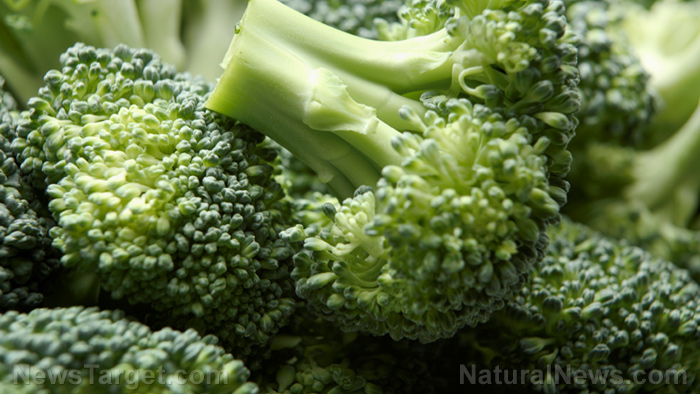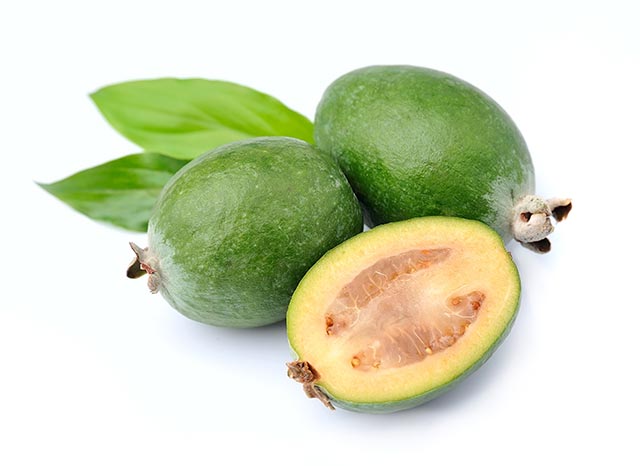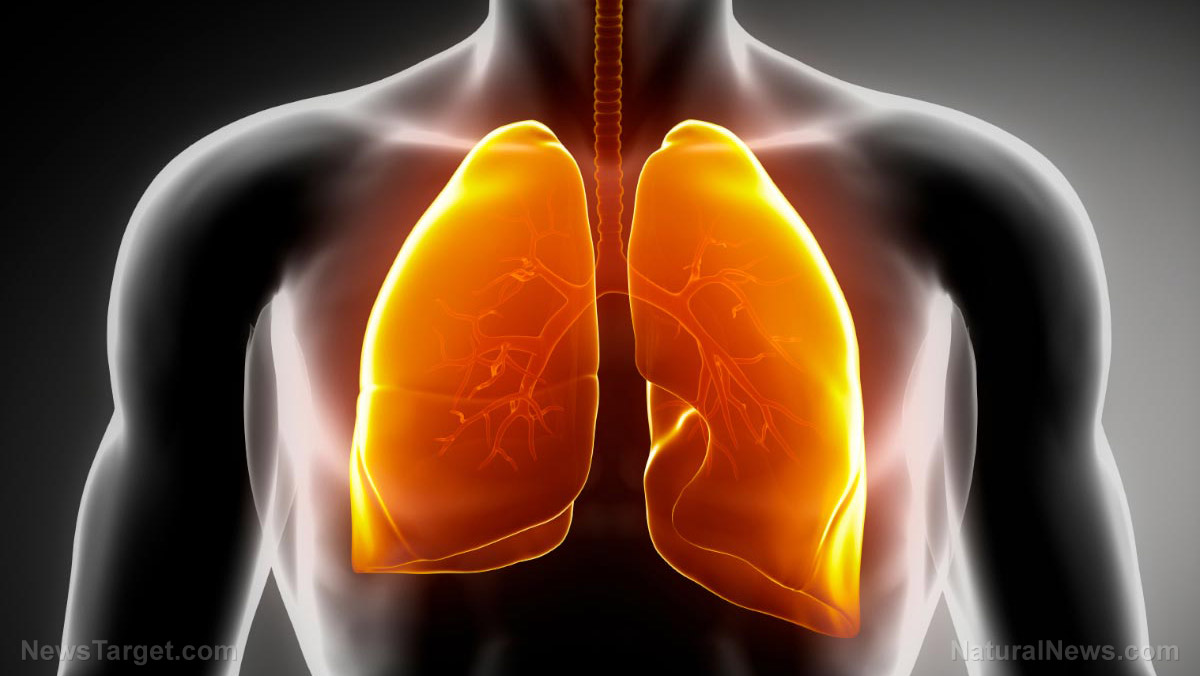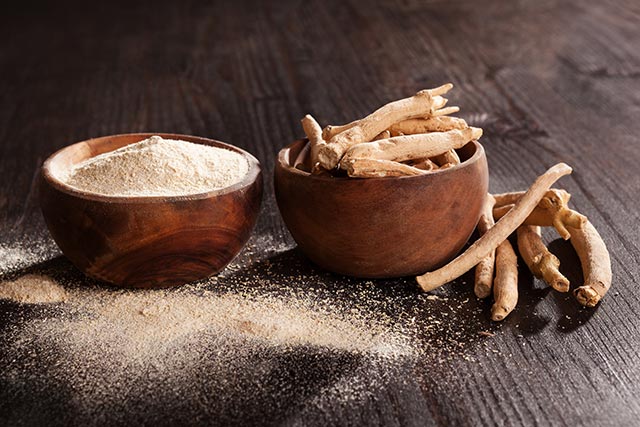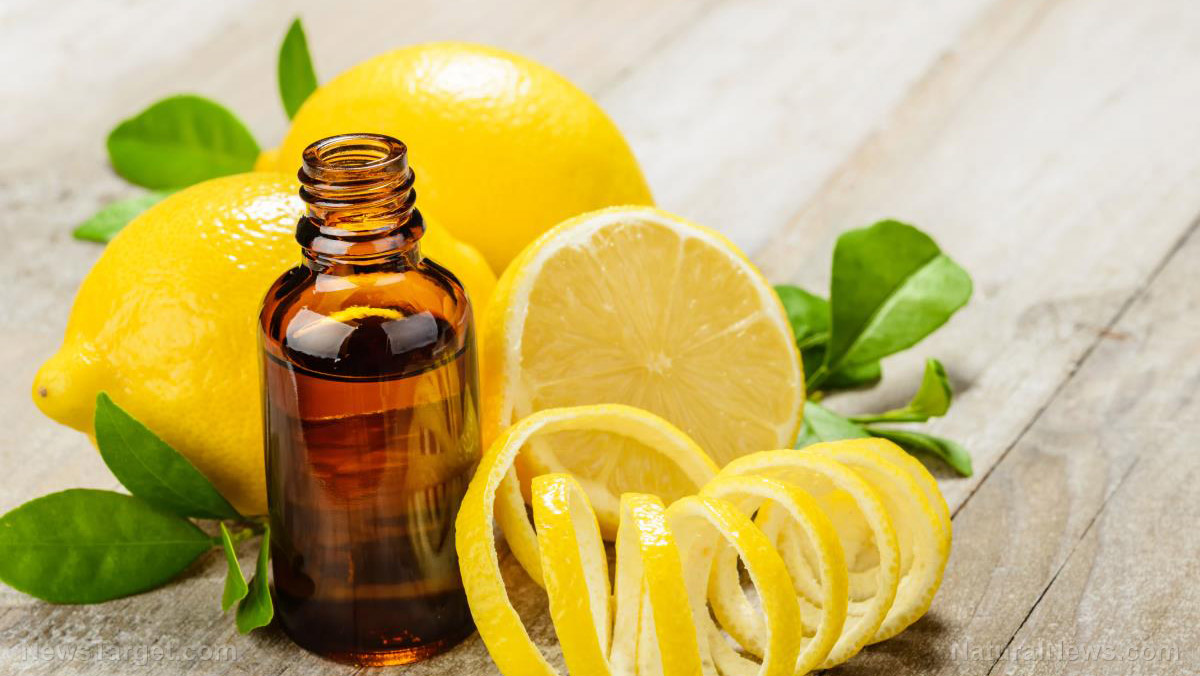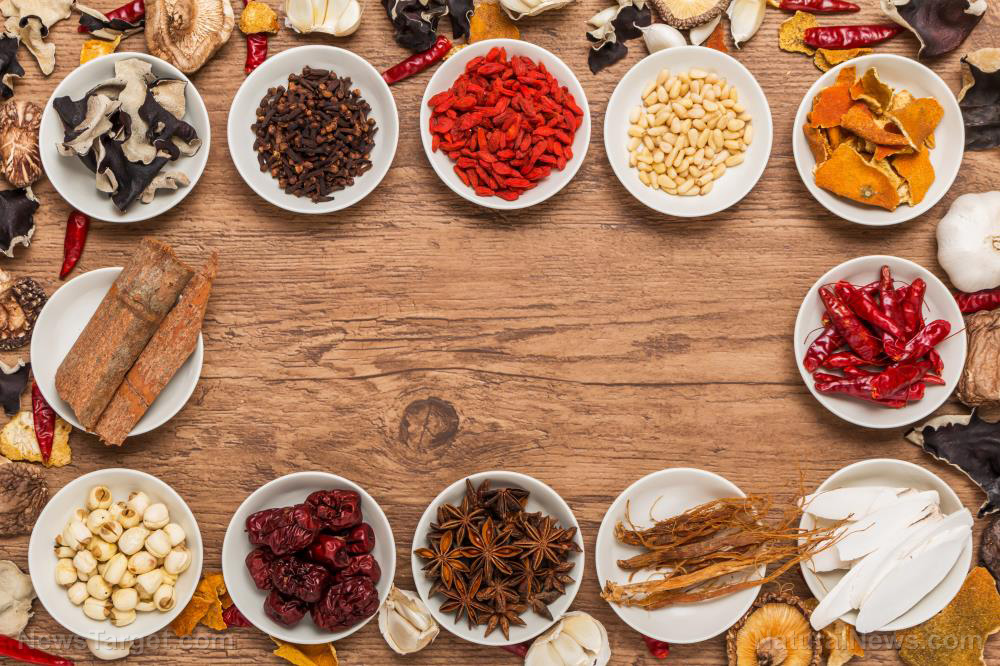Study highlights the vast medicinal properties of the popular spice saffron
02/08/2019 / By Edsel Cook
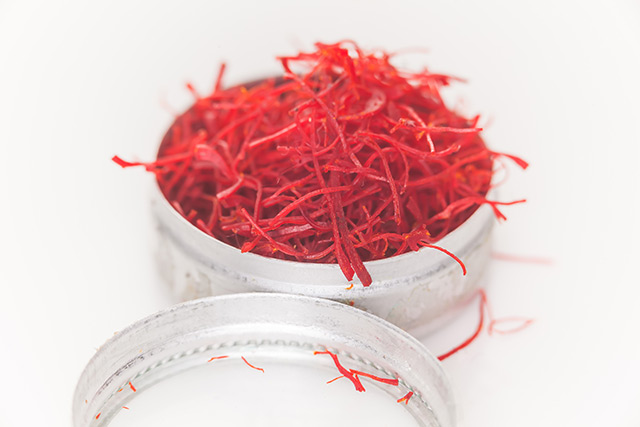
A widely used and very popular herbal spice is quietly but effectively protecting your health every time you consume it. Iranian researchers reported that saffron is full of protective phytochemicals that shield your body from disease.
Saffron is made from the dried stigma of the saffron crocus (Crocus sativus). It improves the color, scent, and taste of dishes and beverages, such as khorest, risotto, paella, bouillabaisse, and biryani. It is also a natural food preservative, a color dye for fabrics, and a perfume with a sweetly metallic scent.
Last but not least, saffron is also widely used in traditional folk medicine around the world. This was the original use of the herb, long before it found favor in the kitchen and as a cosmetic ingredient.
Saffron is mainly prescribed as an analgesic. It also has anti-inflammatory properties, and it is said to support the healthy functions of the cardiovascular system, central nervous system, gastrointestinal system, genitourinary system, and respiratory system.
In folk medicine, saffron is used to treat eye diseases, infectious diseases, and skin diseases. In recent years, it has attracted attention for its beneficial effects on the symptoms of neurodegenerative diseases and various types of cancer. (Related: Mothers can reduce their risk of postpartum depression with saffron.)
The health benefits of saffron’s “big three” constituents
The medicinal effects of saffron are believed to come from the phytochemicals in the saffron crocus. An analysis of the herb has identified more than 150 chemicals, but the most important ones are crocins (which includes crocetin) and safranal.
Crocins are carotenoid compounds in the flower of the saffron crocus. They are responsible for the bright color of saffron. The main active constituent of saffron, crocins were tested as adjunctive treatments for disorders and diseases of the central nervous system, including major depressive disorder and Alzheimer’s disease.
Crocetin is a type of crocin that makes up the central core of the more complex compound. It exerts much of the same neuroprotective effects as crocin. In addition, it helps reduce the feeling of tiredness, improves the quality of sleep, and protects the retinas of the eyes.
Last but not least is safranal. The primary component of the essential oil made from the saffron crocus, it provides the unique scent of saffron.
Safranal serves to stop severe convulsions, is a strong antioxidant, and is a promising antidepressant. It has also demonstrated a strong cytotoxic effect on cancer cells in both humans and animals.
Studies show the protective properties of saffron
Researchers from Mashhad University of Medical Sciences (MUMS) conducted a comprehensive review involving various papers on the medicinal effects of saffron and its constituents. The majority of these studies confirmed the health benefits of the herb.
These studies tested saffron, crocins, crocetin, and safranal on a wide variety of diseases. Coronary artery diseases and neurodegenerative diseases are the two most common groups. Specific diseases include asthma, bronchitis, and colds (all respiratory illnesses). Diabetes was also touched upon as another disorder that could be improved by saffron-based treatment.
Furthermore, the literature looked at the means by which saffron and its components improved the symptoms and conditions of patients. The antioxidant, immunomodulatory, and inflammatory activities of the medicinal herb were considered.
Saffron boosts the natural antioxidant capacity of the body. It also neutralizes free radicals that can harm cells and tissues, which reduces the chances of inflammation.
Furthermore, the medicinal herb can control the release of inflammatory mediators and the resulting reactions of the immune system. It also handles immune responses triggered by macromolecules in body fluids.
Based on their findings, the MUMS researchers suggested that the antioxidant, anti-inflammatory, and immunomodulatory properties of saffron make it a potentially effective means of treating multiple diseases.
Sources include:
Tagged Under: antiinflammatory, antioxidants, folk medicine, herbal medicines, immunomodulation, immunomodulators, medicinal herbs, natural antioxidants, saffron, traditional medicines









